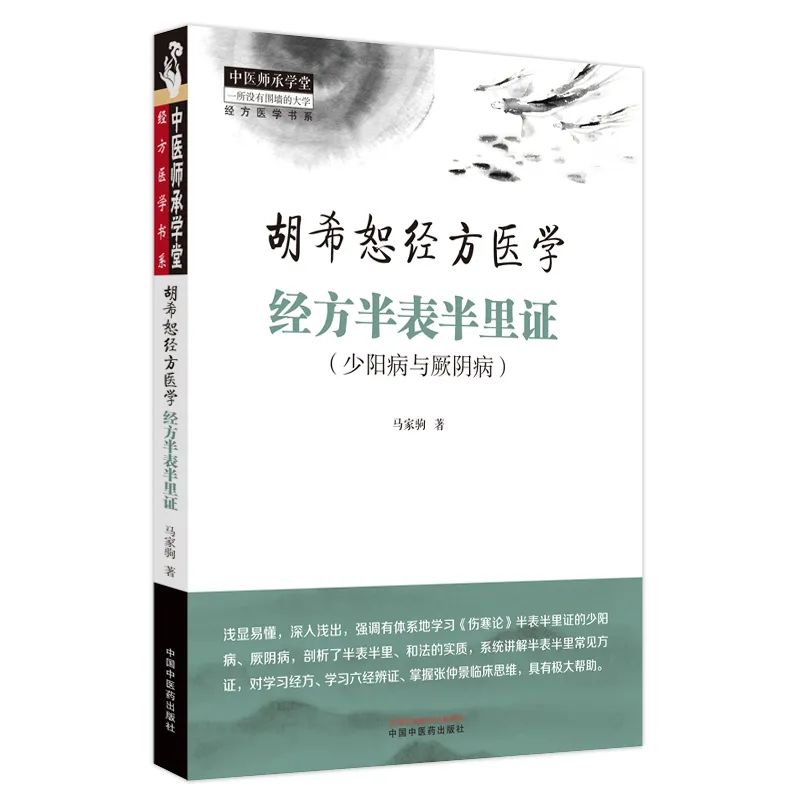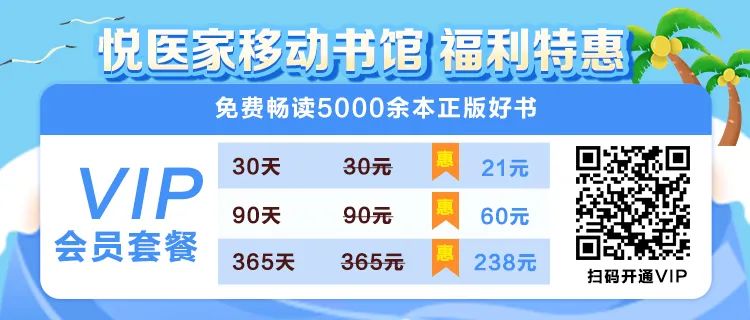In a formula, if it contains both heat-clearing and yang-warming properties, is it a yin or yang condition?
In a formula, if it includes both expelling pathogens and tonifying deficiencies, is it a yin or yang condition?
Yin and yang are conclusions drawn from differentiation, achieved through the analysis of cold and heat, deficiency and excess. The struggle between the righteous and the evil determines the symptoms, which in turn determines the yin and yang. External factors act through internal factors; whether it is a yin or yang condition does not depend on the pathogenic qi, but rather on the deficiency or excess of the righteous qi. The deficiency or excess of the righteous qi determines deficiency syndromes and excess syndromes, as well as cold and heat syndromes, thus determining whether it is a yin or yang condition.
Mr. Hu Xishu stated that an excess of bodily function indicates yang, while a deficiency indicates yin. This essentially illustrates that the function of the body (the deficiency or excess of the righteous qi) is fundamental in determining yin and yang.
In taiyin disease, phlegm and dampness can easily form, and when phlegm and dampness transform into heat, heat-clearing is required, which falls under yangming. The so-called yangming taiyin combined disease primarily refers to damp-heat syndrome, such as the conditions treated by Zhu Ling Decoction, Bai Hu Jia Cang Zhu Decoction, San Ren Decoction, and Yi Yi Ren Fu Zi Bai Jiang San. Furthermore, in yangming disease, if mismanaged, it can lead to a yin condition, as seen in cases treated with Fu Zi Xie Xin Decoction, Zhi Zi Gan Jiang Decoction, and Da Huang Fu Zi Xi Xin Decoction, which can also be considered as yangming taiyin combined disease.
Although it can be referred to as yangming taiyin combined disease, when specifically categorized, we believe that the myriad changes do not go beyond the interplay of yin and yang. A patient cannot simultaneously be a yin and yang condition; from the perspective of the deficiency or excess of the righteous qi determining yin and yang, the inclusion of Fu Zi to warm yang indicates that yang qi is deficient, thus it is a deficiency syndrome, a yin condition. Therefore, while Fu Zi Xie Xin Decoction, Zhi Zi Gan Jiang Decoction, and Da Huang Fu Zi Xi Xin Decoction may superficially appear to be yangming taiyin combined disease, they actually indicate insufficient yang qi, leading to a yin condition, categorized under taiyin disease.
Formulas that combine cold and heat, utilizing both heat-clearing and yang-warming, indicate a need to warm yang, suggesting the presence of yang deficiency, which is a sign of bodily function being insufficient, thus a yin condition. However, when heat is observed on the basis of a yin condition, and heat-clearing herbs are added, it forms a treatment method that combines cold and heat; despite the presence of heat-clearing, it fundamentally remains a yang deficiency, a yin condition.
Formulas that employ both attacking and tonifying methods are still used for deficiency syndromes, yin conditions. The need to tonify the righteous while expelling pathogens indicates the presence of righteous deficiency, which is a deficiency syndrome, a yin condition. When there is an excess pathogenic factor on the basis of a deficiency syndrome, it is necessary to expel the pathogen while tonifying the righteous.

Cold-heat mixed conditions and deficiency-excess mixed conditions often start with deficiency or cold, followed by the emergence of pathogenic excess or internal heat. For example, the constitution represented by Lin Daiyu is more prone to cold-heat mixed and deficiency-excess mixed conditions. In special cases, some patients with yang conditions may fall into yin conditions due to various errors and prolonged incorrect treatments.
Just like the formula for Chai Hu Gui Zhi Gan Jiang Decoction, if a patient has had sweating for five or six days and then is purged again, it forms the pattern for Chai Hu Gui Zhi Gan Jiang Decoction. If a patient with a Zhang Fei constitution undergoes sweating and purging treatment errors, it is unlikely to turn them into a yin condition. It is more probable that this patient inherently has a deficiency syndrome, a yin condition.
In cases of cold-heat mixed syndrome and deficiency-excess mixed syndrome, if only heat-clearing or pathogen-expelling is applied, neglecting the righteous deficiency or yang deficiency, and overlooking the fact that bodily function has already declined, without warming yang or tonifying the righteous, the treatment is incorrect. This is why we categorize Da Huang Fu Zi Xi Xin Decoction and Fu Zi Xie Xin Decoction under deficiency syndromes, yin conditions of taiyin disease, rather than excess syndromes, yang conditions of yangming disease. Because we focus more on the deficiency or excess of the righteous qi (bodily function). Formulas represented by Chai Hu Gui Zhi Gan Jiang Decoction, Wu Mei Wan, and Ban Xia Xie Xin Decoction, although they also have heat and require heat-clearing, are categorized under yin conditions, not yang conditions.

Shaoyin disease and taiyin disease primarily manifest as deficiency-cold, with the treatment for shaoyin disease being to tonify the righteous (warm yang) and release the exterior, while the treatment for taiyin disease can be to tonify the righteous (warm yang) or tonify the righteous and expel pathogens. Jueyin disease is somewhat special because it simultaneously presents with upper heat and lower cold; thus, on the basis of warming yang, methods to harmonize and clear heat need to be added, forming the characteristic of combining cold and heat. We find that prescriptions that combine heat-clearing with yang-warming, such as Chai Hu Gui Zhi Gan Jiang Decoction, Wu Mei Wan, Ban Xia Xie Xin Decoction, Sheng Jiang Xie Xin Decoction, Gan Cao Xie Xin Decoction, and Huang Lian Decoction, are all treatments that combine cold and heat, used for yin conditions, but cannot be categorized under shaoyin disease or taiyin disease, because shaoyin disease and taiyin disease do not require heat-clearing. Therefore, the formulas that combine cold and heat are categorized under the scope of jueyin disease. In the Hu Xishu classical formula medical system, the representative formulas for jueyin disease are the aforementioned cold-heat combined formulas, indicating that the pathogenesis is a mixture of cold and heat.
Hu Xishu Classical Formula Medicine

“Classical Formulas for Half Exterior Half Interior Syndromes: Shaoyang Disease and Jueyin Disease”
Click the cover to enter the Yueyi Family TCM Academy to purchase books
The author is dedicated to the inheritance and clinical practice of Hu Xishu classical formula medicine, and has long been teaching courses on Hu Xishu classical formula medicine, emphasizing systematic learning of classical formulas.Through two disease natures, three disease locations, six diagnoses, and eight treatment methods, a systematic framework for the six meridian differentiation is constructed.
The author interprets the classical texts as medical cases from the sage Zhang Zhongjing, elucidating the clinical thinking behind them. After long-term reflection and summarization, the order of the texts is broken down, and the texts and formula patterns are reclassified according to the six meridians and eight principles, with clear thought processes and rigorous logic, exploring the essence of classical formulas, refining the diagnostic standards of the six meridians, proposing a six-step method for classical formula differentiation, and using charts and mind maps to aid understanding, clarifying Zhang Zhongjing’s clinical thinking, and constructing a complete system of classical formula differentiation based on the six meridians. This has trained a large number of grassroots clinical practitioners and helped many local physicians grow into well-respected doctors, receiving high praise from numerous students.
This book is easy to understand and presents complex ideas simply, emphasizing systematic learning of the half exterior half interior syndromes of shaoyang disease and jueyin disease, analyzing the essence of half exterior half interior and harmonizing methods, and systematically explaining common formula patterns of half exterior half interior, which is greatly beneficial for learning classical formulas, mastering the clinical thinking of Zhang Zhongjing.

❖This article is for knowledge sharing only and does not constitute a recommendation or promotion of any medication or treatment, nor can it replace professional medical advice. For any medical needs, please consult and contact a legitimate medical institution.
Previous RecommendationsHistorical articles
Discussion on the Treatment of Lin Syndrome
Symptoms are just fleeting clouds; learning to differentiate requires subtraction—A case of nasal allergy
Treatment of impotence and kidney deficiency from the perspective of spleen and kidney
Copyright Statement
Some content of this article is selected from “Classical Formulas for Half Exterior Half Interior Syndromes: Shaoyang Disease and Jueyin Disease (published by China Traditional Chinese Medicine Press, authored by Ma Jiajun), and the final interpretation rights belong to the original author, recommended for publication by Yue Du TCM(WeChat ID: ydzhongyi). The cover and images in the text are sourced from Shetu Network, with copyright belonging to the original author. If there is any infringement, please contact for deletion. Unauthorized reproduction is prohibited!
✦Editor: Yang Donglun
✦Reviewer: Wei Jie
✦Typesetter: Yang Donglun
✦For reprints, submissions, collaborations, and bulk book purchases: 17701086692 (WeChat ID)
Click“Read the Original Text” to purchase the recommended books in this article Share
Share Collect
Collect Click
Click View
View

